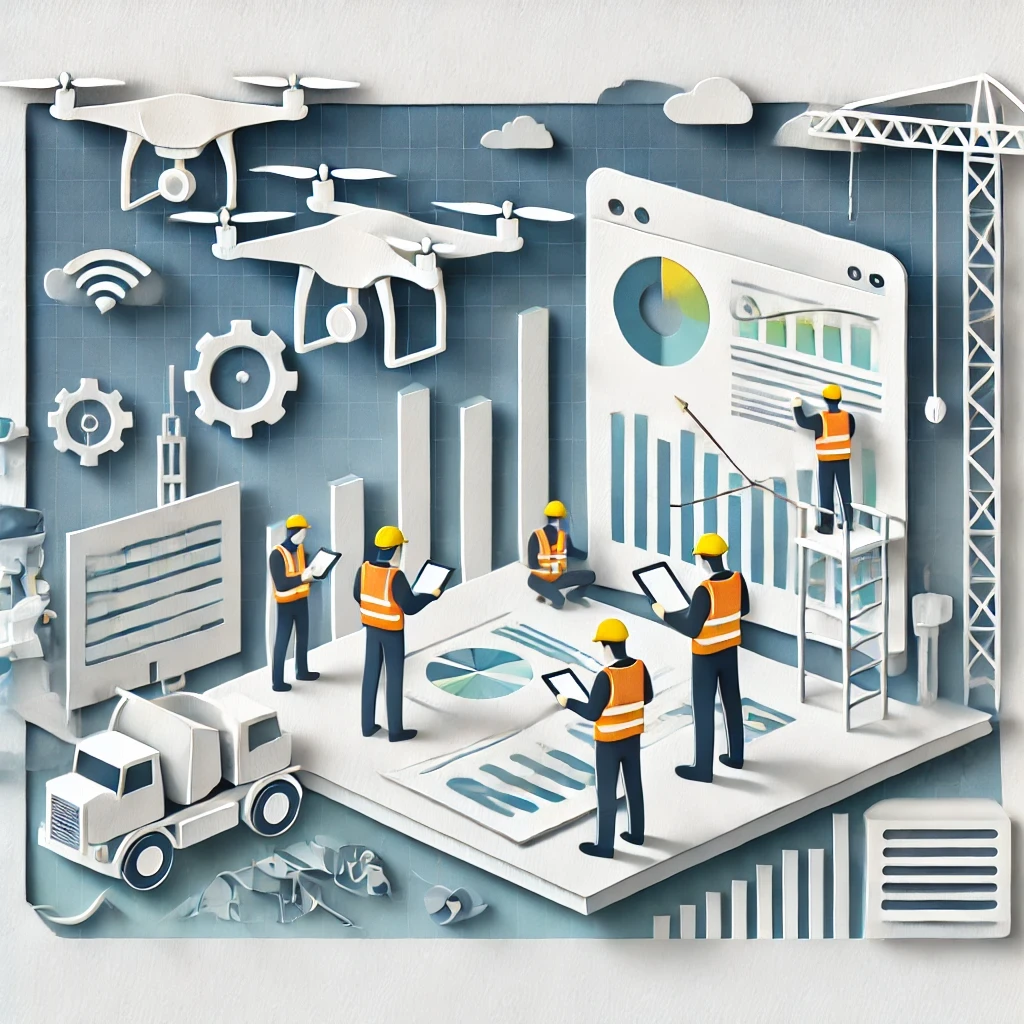Construction projects play a crucial role in driving economic growth and development within local communities. These projects, ranging from residential housing developments to large-scale infrastructure improvements, create jobs, stimulate local economies, and contribute to the overall well-being of the areas they serve. This article explores the multifaceted economic impact of construction on local communities, highlighting how construction projects can be catalysts for positive change.
Job Creation and Employment Opportunities
One of the most immediate and visible impacts of construction projects is job creation. The construction industry is a significant employer, providing jobs for a diverse range of skill levels. From architects and engineers to laborers and electricians, construction projects require a wide array of professionals, creating employment opportunities for many people within the community.
Direct Employment
Direct employment refers to jobs that are directly associated with the construction project itself. This includes roles such as project managers, construction workers, and equipment operators. These jobs provide stable income and benefits to local residents, which can have a substantial impact on their quality of life.
Indirect Employment
In addition to direct employment, construction projects also generate indirect employment opportunities. These are jobs created in related industries that support the construction project, such as suppliers of building materials, transportation services, and equipment rental companies. The demand for these goods and services can lead to job creation in these sectors, further boosting the local economy.
Boosting Local Businesses
Construction projects can have a positive ripple effect on local businesses. The influx of workers and the need for materials and services create opportunities for local businesses to thrive. For example, restaurants, cafes, and retail stores often see increased patronage from construction workers and professionals involved in the project. Additionally, local suppliers of construction materials and equipment can experience a surge in demand, leading to increased sales and growth.
Increased Demand for Housing and Services
New construction projects, particularly residential developments, can lead to an increased demand for housing and related services. This can benefit real estate agents, property management companies, and service providers such as cleaning and maintenance businesses. The increased demand for housing can also lead to rising property values, which can have a positive impact on the local real estate market.
Infrastructure Development and Community Benefits
Infrastructure projects, such as the construction of roads, bridges, schools, and hospitals, provide essential services that benefit the entire community. Improved infrastructure can enhance the quality of life for residents, making the area more attractive for potential new residents and businesses.
Long-Term Economic Growth
Investments in infrastructure can have long-term economic benefits for local communities. Improved transportation networks can make it easier for businesses to operate and for residents to access jobs and services. Educational institutions and healthcare facilities can improve the overall well-being and productivity of the population, contributing to sustained economic growth.
Attracting Investment
Well-planned construction projects can make a community more attractive to investors. Businesses are more likely to set up operations in areas with robust infrastructure, reliable utilities, and a skilled workforce. This can lead to the establishment of new businesses and industries, further driving economic growth and development.
Enhancing Property Values
Construction projects can significantly impact local property values. New developments and infrastructure improvements can make an area more desirable, leading to increased demand for property. As property values rise, homeowners benefit from increased equity, which can enhance their financial stability and provide opportunities for further investment.
Revitalizing Neighborhoods
Construction projects can play a key role in the revitalization of neighborhoods. Renovation and redevelopment projects can transform blighted areas into vibrant communities, attracting new residents and businesses. This process can lead to increased property values and a more positive community image, fostering a sense of pride and belonging among residents.
Challenges and Considerations
While the economic impact of construction on local communities is generally positive, there are challenges and considerations to keep in mind. Construction projects can cause temporary disruptions, such as noise, traffic congestion, and environmental impacts. It is essential for developers and local authorities to engage with the community, address concerns, and implement measures to minimize negative effects.
Community Engagement
Effective community engagement is crucial for the success of construction projects. Developers should involve local residents and stakeholders in the planning process, providing opportunities for feedback and addressing concerns. Transparent communication and collaboration can help build trust and ensure that the project meets the needs and expectations of the community.
Sustainable Practices
Incorporating sustainable construction practices can mitigate environmental impacts and contribute to the long-term well-being of the community. This includes using eco-friendly materials, minimizing waste, and implementing energy-efficient designs. Sustainable construction not only benefits the environment but can also reduce operating costs and enhance the appeal of the project to environmentally conscious investors and residents.
Conclusion
Construction projects are powerful drivers of economic growth and development in local communities. By creating jobs, boosting local businesses, improving infrastructure, and enhancing property values, construction projects can have a lasting positive impact on the areas they serve. However, it is essential to address potential challenges and engage with the community to ensure that these projects are beneficial for all stakeholders involved. With thoughtful planning and execution, construction can be a catalyst for positive change and sustainable development in local communities.











